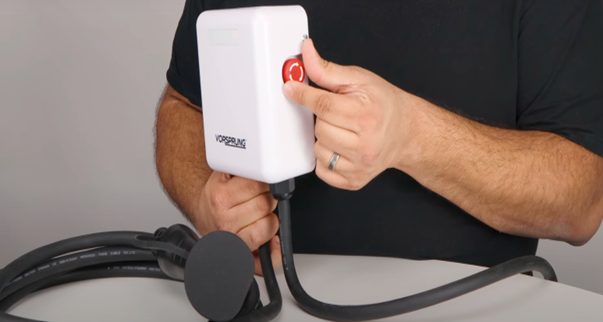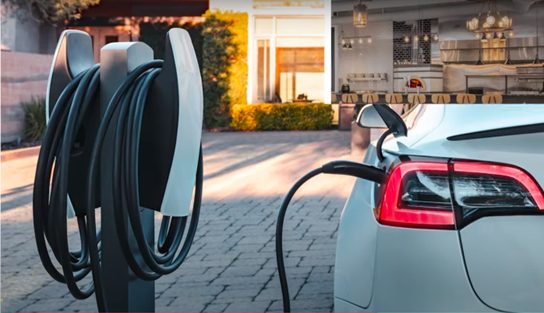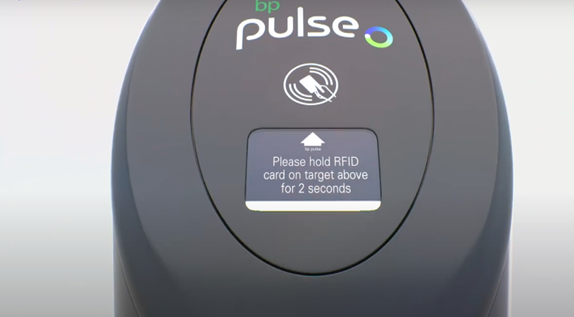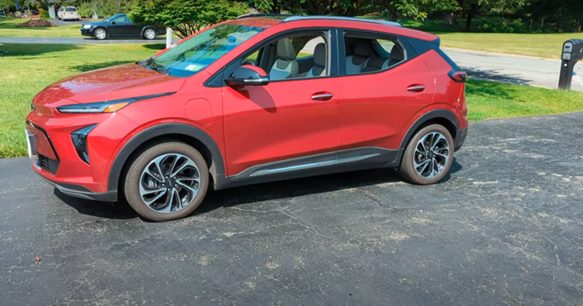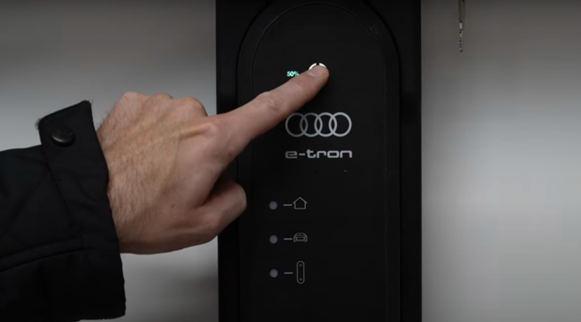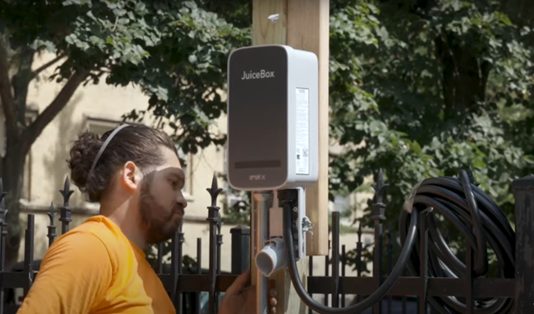As an EV owner who resides in an apartment, charging your Tesla Model 3, Chevy Bolt, or Nissan Leaf is often a hassle. Hunting for public electric car charging stations or relying on slow 120V outlets (Level 1) wastes your time and patience.
Installing dedicated EV charging stations in apartment complexes can make life much easier.
Here’s a step-by-step guide with practical installation tips specific to US and Canadian apartment buildings.
Key Steps for EV Charging Installation in Apartment Complexes
- Assess Building Electrical Capacity
- Have a licensed electrician conduct a load calculation to determine if your building’s main electrical panel can handle the additional load from Level 2 EV chargers (240V, typically 30-50 amps per charger).
- If the current infrastructure is insufficient, consider upgrading the electrical service or installing a dedicated utility transformer for the chargers.
- Identify Best Locations for Chargers
- Parking Garage: Install chargers near the main switchboard or sub-panels to minimize the distance for wiring and reduce voltage drop.

- Outdoor Parking Lot: Install near the transformer vault or utility room to avoid costly long conduit runs. Ensure chargers are protected from weather with proper NEMA-rated enclosures (e.g., NEMA 4 for outdoor exposure).
- Install Dedicated Distribution Box (DB Box)
- Install the DB box (Distribution Board) near the meter room or main electrical panel to manage the load efficiently. The DB box will distribute power to each EV charger, protecting circuits with individual circuit breakers.
- Ensure the DB box is sized appropriately, considering future scalability if more EV chargers will be added later. Use copper busbars for better conductivity.
- Install Individual Circuit Breakers
- For each EV charging station, install a dedicated 40-50 amp circuit breaker. Use Type B or Type C breakers depending on the inrush current of the charger and local code requirements.
- Label each breaker for future identification. For a Tesla Model Y, for instance, a 50 amp breaker may be required, while a Chevy Bolt might only need 40 amps.
- Run Conduits and Wiring
- Install rigid metal conduit (RMC) or electrical metallic tubing (EMT) for wiring between the DB box and the charger. Ensure the conduit follows a direct route to reduce voltage drop and avoid EMI (Electromagnetic Interference) in shared spaces.
- Use 6 AWG copper wire for each charger, sized according to the National Electrical Code (NEC) in the US or CSA in Canada. Follow NEC Article 625 for EV charging installation requirements.
- Mount the EV Charger
- Wall-mount the EV charger at eye level for convenience, typically 48-50 inches above the ground, ensuring ADA compliance if required.
- For outdoor installations, mount the charger on concrete pads with steel bollards for protection against vehicle damage. Use NEMA 14-50 receptacles for plug-in chargers or hardwire directly to the breaker panel if using permanently connected EVSE (Electric Vehicle Supply Equipment).
- Install Ground Fault Protection
- For each charger, install a ground-fault circuit interrupter (GFCI) breaker to protect against electrical faults. Most modern chargers come with built-in GFCI protection, but additional protection is often required by local code.

- Consider Load Management
- Install a load management system (LMS) if installing multiple chargers. The LMS will allocate available power among multiple EVs to prevent overloading the building’s electrical infrastructure.
- Some smart chargers, such as ChargePoint Home Flex or JuiceBox 40, come with built-in load management features, allowing dynamic distribution of power when several vehicles are charging simultaneously.
- Obtain Permits and Ensure Code Compliance
- Contact your local municipality for the required permits before installation. Comply with NEC 625 in the US or Section 86 of the CEC (Canadian Electrical Code) to ensure all wiring, grounding, and electrical equipment meet safety standards.
- Inspection and Testing
- After installation, the system must undergo a thorough inspection by the local electrical inspector.
- Test each charger with an EV simulator or compatible vehicle (e.g., BMW i3, Tesla Model 3) to confirm proper operation, ensuring that each vehicle charges correctly and the circuit doesn’t trip under load.
Best Locations to Install EV Chargers in Apartments
- Near Electrical Rooms or Utility Areas: Reduce the length of conduit and wiring needed, lowering installation costs and voltage drop.
- Reserved EV Parking Spaces: Dedicate spots with marked signage to ensure EV-only access and prevent other residents from parking in charging areas.
- Main Enterance: Place chargers near elevators or main entrances to enhance convenience for EV owners, especially in larger complexes.
Pro Tips for Smooth EV Charger Installation in Apartment Building
- Always check the apartment’s overall electrical capacity before starting—upgrading the main service can be costly (>$500-$1000) if missed.
- Place chargers as close as possible to the main electrical room to save on conduit and wiring costs.
- Invest in load-sharing technology if multiple chargers will be installed. It will prevent outages during peak demand.
Apartment Electric Car Charger Station Installation Table
| Step | Action | Best Practices | Technical Details |
|---|---|---|---|
| 1 | Assess electrical capacity | Hire a certified electrician for load calculations | Follow NEC 625 (US), CEC Section 86 (Canada) |
| 2 | Choose charging locations | Install near switchboards or utility rooms | Use NEMA 4-rated enclosures for outdoor units |
| 3 | Install DB Box | Near meter room, copper busbars for conductivity | Size based on future scalability |
| 4 | Install Circuit Breakers | Use 40-50 amp breakers based on charger type | NEC Type C breakers for higher inrush current |
| 5 | Run Wiring | EMT indoors, RMC outdoors | 6 AWG copper wire for 40-amp circuits |
| 6 | Mount Chargers | Wall-mounted, 48-50 inches high | NEMA 14-50 outlets or hardwire to DB box |
| 7 | Ground Fault Protection | Use GFCI breakers for each charger | Required by code for EVSE installations |
| 8 | Load Management | Install load-sharing systems for multiple chargers | Smart chargers with dynamic load-sharing |
| 9 | Permitting & Compliance | Obtain permits, NEC/CEC code compliance | Work with local authorities for permits |
Following these steps will ensure a safe, compliant, and cost-effective EV charging station installation in your apartment complex.
Conclusion
Installing EV charging stations in apartment complexes requires a careful evaluation of the building’s electrical infrastructure, strategic placement of DB boxes, circuit breakers, and chargers, as well as adherence to both US and Canadian electrical codes.
By following these steps, you’ll ensure a practical, compliant, and scalable solution for EV charging.






